City History
Pioneer Museum
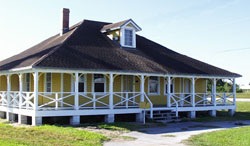
By 1922, Florida City had grown to a population of over 800. The city had a drug store, a hardware store, and a three story hotel. South of the town was the largest Ice Plant in the state and a lumber mill; however most of the towns economy came from farming. Florida City’s limits were extended to Biscayne Bay in 1925. Because of its lack of development, the land owners successfully petitioned to have the city restored to its original boundaries. A hurricane in 1926 leveled several buildings and greatly damaged others. The area economy returned to agriculture.
Florida City Pavillion
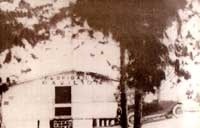
The Becker House on the Florida City Canal
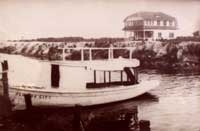
A scene along the Florida City Canal which had carried cargo and passenger traffic from points north along the bay, inland to a point west of where US1 and Palm Drive (SW 344th Street) intersect, now. Portions of the canal are still visible, and reach west to US 1.
Royal Palm State Park Lodge
Sometime after its construction in 1916 for the Florida Federation of Women Clubs by J.F. Umphrey of Homestead. The Florida Federation of Women Clubs acquired 960 acres from Mrs. Henry M. Flagler and 960 acres from the State of Florida for its Royal Palm State Park. In 1921 the State gave them another 2,080 acres. The women operated the Royal Palm Lodge where lodging and meals were available, as a means of financing the upkeep.
They also grew Royal Palms for sale 156 of them ended up on Florida City’s Palm Drive in 1922 and others in Homestead on Krome Avenue. After the Everglades National Park was established in 1947, the park service used the lodge as its headquarters after it moved out of the Redland District Chamber of Commerce building. Later the lodge was sold and moved into Homestead where it was used as a boarding house. It was destroyed by Hurricane Andrew in 1992.
The original Rock Castle
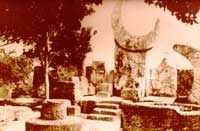
His lost love, “Sweet Sixteen” in Latvia was his inspiration. In 1937 he moved his “Coral Castle” to its present location on US1 by himself and in secret. Coral Castle remains standing and continues to amaze visitors with the power of love, and what one man can create.
The two FEC Railway bungalows
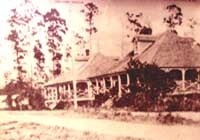
The houses stood just northeast of the old Dixie Drug Store, perhaps 200′ northeast of the corner of Flagler Avenue and Krome Avenue. After the FEC ceased using them they were rented out to families. Flagler was called Railroad Avenue until the Woman’s Club of Homestead lobbied to have the name changed to Flagler.
This photo is probably from a post card dating from the period between 1912 and 1920.
Historical Resources
- State of Florida Historic Resources
- More State Historic Resources
- Bureau of Archaeological Research
- Florida Smart
- Florida Department of State Historic Resources
- Historic Museum of South Florida
- Florida History.org
- Florida History Timeline